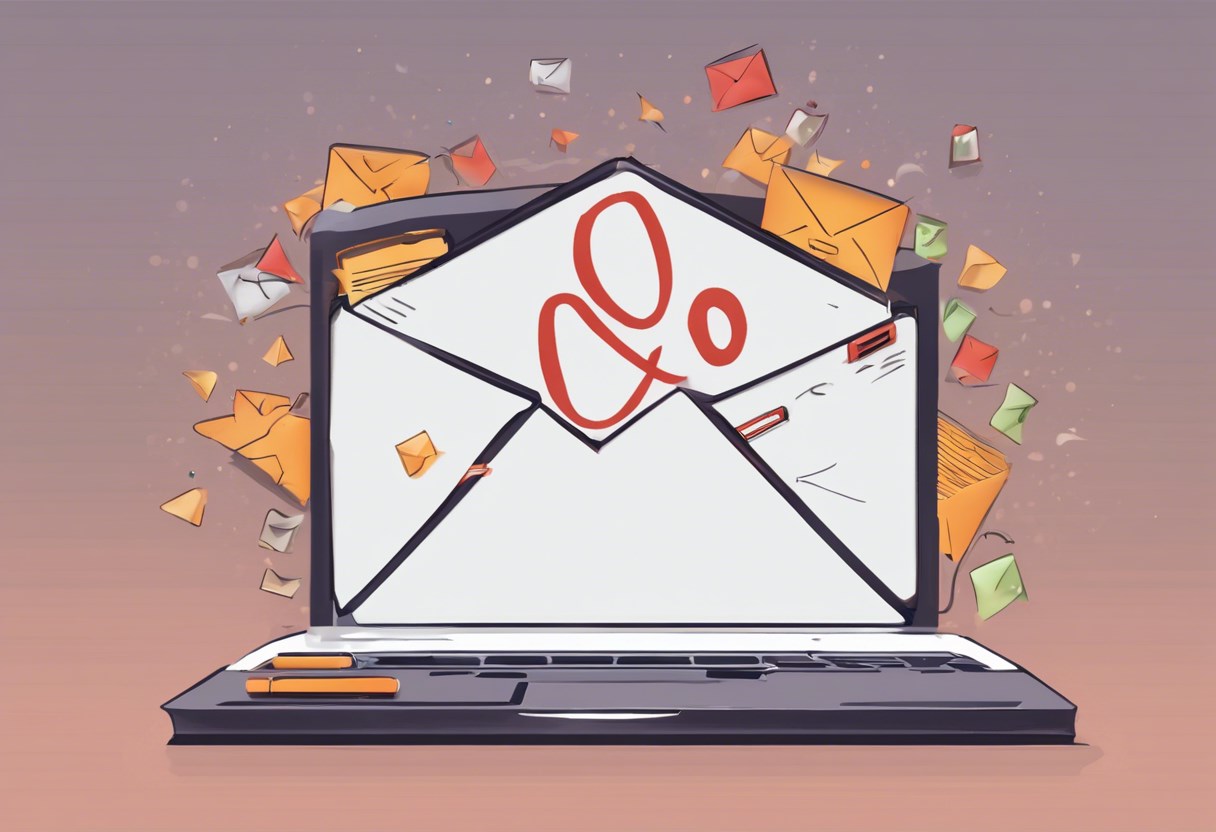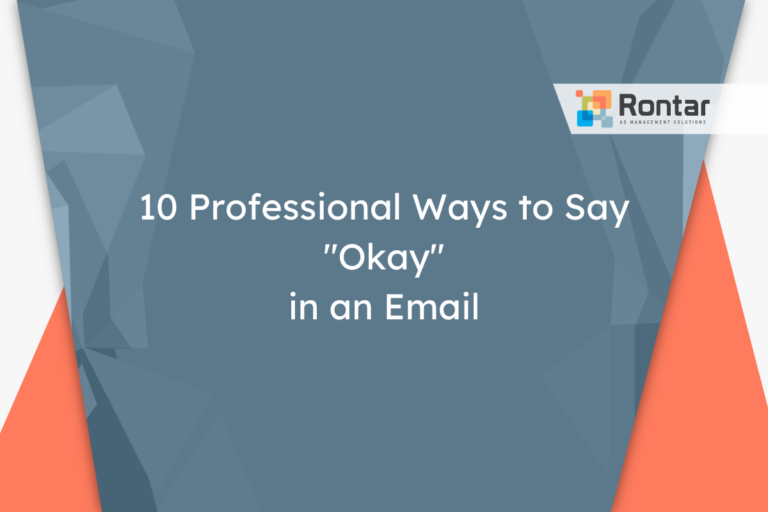20 Fresh Ways to Write “Please Find Attached”

In today’s fast-paced digital landscape, the way we attach and refer to documents in our communications has evolved significantly. From choosing the right words to replace “Please find attached,” to understanding the nuances of file attachment etiquette, this article provides you with essential insights and alternatives. Whether you’re communicating with colleagues, clients, or superiors, these tips will help you convey your messages more effectively and professionally.
Why “Please Find Attached” No Longer Works
The phrase “Please find attached” has seen its day. In modern professional communication, it’s become somewhat outdated and overly formal. The digital era demands clearer, more direct forms of expression. Moreover, this phrase can sound detached, as if throwing the attachment over a wall rather than smoothly integrating it into the conversation. With the rise of less formal, more conversational email and messaging styles, it’s time to find alternatives that better fit today’s pacing and digital work environment.
Please Find Attached vs Please Find Enclosed
In distinguishing between “Please find attached” and “Please find enclosed,” it’s vital to understand the contexts in which each phrase evolved and is typically used. While “Please find attached” is a relic of the digital communication age, heralding the inclusion of an attachment in an email, “Please find enclosed” dates back further, to a time of physical correspondence, indicating documents enclosed within a letter or package. Each serves a similar function—alerting the recipient to additional content—but their usage is distinctly tied to the medium of communication.
20 Alternatives to Please Find Attached
Exploring less formal, yet professional alternatives to “please find attached” can refresh your email communications. Here are twenty options:
- I’ve attached…
- Attached is…
- Enclosed…
- Please see the attached…
- Attached you will find…
- I have included…
- Please refer to the attached…
- The attached file includes…
- For your review, I’ve attached…
- Attached for your consideration…
- See the attached file for…
- For your convenience, I’ve attached…
- I am sharing [file name] with you…
- Find attached…
- Attached please find…
- Please check the attached…
- I have attached [file name] for your review…
- Enclosed please find…
- For your immediate attention, please find attached…
- You will find [file name] attached…
1. I’ve attached…
This alternative is direct and friendly, making it suitable for emails to colleagues or clients you have an established relationship with. It removes the formality without losing professionalism. This phrase is particularly effective when you want to draw attention to the attachment in a casual, yet professional manner.
Hi [Recipient's Name], I've attached the latest version of the project plan for your review. Best, [Your Name]
2. Attached is…
“Attached is…” serves as a straightforward and effective introduction to the contents of your attachment. It’s especially useful when the email’s primary purpose is to deliver the attachment. This phrase is perfect when you want the recipient to focus on the documents or information being sent.
Hello [Recipient's Name], Attached is our proposal for the upcoming project. Best regards, [Your Name]
3. Enclosed…
While “enclosed” is traditionally used for physical mail, it can be a synonym for “attached” in email communications, offering a slightly more formal tone than “attached.” This term is best suited for communications that mimic the formality of a letter, such as legal or official documents.
Hi [Recipient's Name], Enclosed are the requested documents for your review. Sincerely, [Your Name]
4. Please see the attached…
This phrase adds a polite request to the recipient, encouraging them to view the attachment. It’s a versatile option that works well in both formal and informal emails. Use it when you want to ensure the recipient notices and opens the attachment.
Hi [Recipient's Name], Please see the attached file for more details on our discussion. Thanks, [Your Name]
5. Attached you will find…
This alternative sets the expectation that the recipient will find something specific in the attachment. It’s useful for when you need to direct the recipient’s attention to detailed information or documents. This phrase is especially effective in professional settings where clarity is paramount.
Hi [Recipient's Name], Attached you will find the completed report as requested. Kind regards, [Your Name]
6. I have included…
“I have included…” implies that the email comes with something extra, making it a great way to introduce attachments that provide additional information or context. This phrase is best when the attachment complements the email content rather than being the main focus.
Hi [Recipient's Name], In our ongoing discussion, I have included a case study that might be of interest. Warm regards, [Your Name]
7. Please refer to the attached…
This phrase is a polite way to draw the recipient’s attention to the attachment for more detailed information. It’s ideal for instances where the attachment is an essential part of the communication, such as a report, a form, or detailed instructions.
Hi [Recipient's Name], Please refer to the attached document for the guidelines. Best, [Your Name]
8. The attached file includes…
Starting with “The attached file includes…” is an effective way to summarize the contents of the attachment. This introduction is particularly useful when sending documents that contain data, research findings, or comprehensive reports. It sets the stage for what the recipient can expect before opening the file.
Hi Team, The attached file includes the analysis for this quarter's market trends. Regards, [Your Name]
9. For your review, I’ve attached…
This phrase is courteous and implies that the attachment requires the recipient’s attention or action. It’s suitable for when you’re sending documents that need approval, feedback, or any form of review. This approach helps in highlighting the importance of the attachment.
Hi [Manager's Name], For your review, I've attached the project outline with my notes. Best, [Your Name]
10. Attached for your consideration…
“Attached for your consideration…” is an elegant way to present documents that require a decision or evaluation. This phrase is perfect for proposals, applications, or any situation where you’re seeking approval or agreement from the recipient. It suggests a level of respect for the recipient’s judgment and decision-making process.
Hi [Recipient's Name], Attached for your consideration is the proposal for the new marketing strategy. Sincerely, [Your Name]
11. See the attached file for…
This alternative explicitly directs the recipient’s attention to the attachment for specific information. It’s a great choice when you want to ensure the recipient knows where to find the details they need. Use this phrase when the attachment holds key information that supports or elaborates on your email’s message.
Hi [Recipient's Name], See the attached file for the event schedule and speaker list. Cheers, [Your Name]
12. For your convenience, I’ve attached…
“For your convenience, I’ve attached…” highlights the sender’s consideration for the recipient’s needs. It suggests that the attachment is meant to make the recipient’s life easier, whether by providing necessary information or by simplifying a task. This phrase is ideal for when you are sending something that saves the recipient time or effort.
Hi [Client's Name], For your convenience, I've attached the invoice for this month's services. Best regards, [Your Name]
13. I am sharing [file name] with you…
This phrase is particularly personal and direct, making it suitable for collaborative environments. It invites the recipient to view the attachment as a shared resource. Use it when the attachment is part of a collaborative effort or when you want to emphasize the partnership aspect of your relationship.
Hi [Team Member's Name], I am sharing 'Project Guidelines.pdf' with you for your input. Thanks, [Your Name]
14. Find attached…
“Find attached…” is a concise way to introduce an attachment without any frills. It works well in situations where the email’s main purpose is to convey the attachment. This phrase is suitable for internal communications where brevity is appreciated.
Team, Find attached the meeting minutes from yesterday. Regards, [Your Name]
15. Attached please find…
This phrase is a more formal version of “I’ve attached…” and is suitable for professional and respectful contexts. It works well when you want to maintain a formal tone while ensuring the attachment is noted. Use it in communications with new clients, senior management, or external partners.
Hi [Recipient's Name], Attached please find the report you requested. Kind regards, [Your Name]
16. Please check the attached…
“Please check the attached…” is a polite request that encourages the recipient to look at the attachment. It’s suitable for when the attachment contains information that needs verification, confirmation, or any form of action. This phrase is particularly useful in collaborative projects or tasks.
Hi [Recipient's Name], Please check the attached spreadsheet for accuracy. Thank you, [Your Name]
17. I have attached [file name] for your review…
This phrase specifies the attachment by name, making it easy for the recipient to know what to look for. It’s particularly effective when sending important documents that require attention or action, such as reports, contracts, or proposals. Naming the file in the email also helps in ensuring that the right document is being discussed and reviewed.
Hi [Recipient's Name], I have attached 'Annual_Report_2023.pdf' for your review. Please let me know your thoughts at your earliest convenience. Sincerely, [Your Name]
18. Enclosed please find…
This is another formal alternative, similar to “enclosed…” but with an added polite request. It’s suitable for formal communications where you want to convey respect and professionalism. Use it when sending documents of a formal nature, like legal documents or formal reports.
Hi [Recipient's Name], Enclosed please find the signed contract. Best wishes, [Your Name]
19. For your immediate attention, please find attached…
This phrase emphasizes the urgency or importance of the attachment. It’s suitable for situations where immediate action or response is needed. Use this when you need to convey the critical nature of the attachment, such as deadlines, urgent requests, or important announcements.
Hi [Recipient's Name], For your immediate attention, please find attached the urgent project update. Regards, [Your Name]
20. You will find [file name] attached…
Specifying the file by name and stating that it is attached is a clear and direct approach. This method is effective for ensuring clarity and reducing the risk of the attachment being overlooked. Use this phrase when it’s crucial that the recipient acknowledges and opens the specific attachment you’re sending.
Hi [Client's Name], You will find 'Invoice_Dec2023.pdf' attached. Please proceed with the payment at your earliest convenience. Thank you, [Your Name]
The Proper Etiquette While Attaching Files
When attaching files to emails, observing proper etiquette ensures clear communication and shows professionalism. Here are key points to consider.
Don’t Forget the Attachment
Forgetting to attach a file can delay processes and cause unnecessary back-and-forth communication. Always double-check before sending an email to ensure the attachment is included. Tools and email extensions that remind you to attach files can be extremely helpful in avoiding this common mistake.
Bring Attention to the Attachment
Make it clear in your email that there is an attachment. Mention the attachment explicitly within the body of your email to ensure the recipient knows to look for it. This practice helps prevent the attachment from being overlooked.
Give an Apt File Name
Use descriptive and specific file names for your attachments. A well-chosen file name informs the recipient about the content without needing to open it and makes it easier to search for later. Avoid vague names like “Document1.pdf” in favor of more informative titles such as “2023_Project_Proposal.pdf.”
Add a Good Email Subject Line
The subject line of your email sets the expectation for the recipient. When an email includes an important attachment, ensure the subject line reflects its presence or importance. For example, “Project Proposal Attached – Feedback Needed by Friday” directly informs the recipient of both the attachment and a related action or deadline.
Final Thoughts
Adapting to the contemporary norms of digital communication is crucial in maintaining professionalism and clarity in our emails. By moving away from outdated phrases like “Please find attached” and observing proper attachment etiquette, we not only smooth out our interactions but also contribute to more effective and efficient communication.
Remember, the details, such as mentioning the attachment within the email, providing a descriptive file name, and crafting a specific subject line, can significantly impact the recipient’s experience and ease of understanding. Embracing these changes and suggestions will ensure your emails are well-received and your communications are as clear and effective as possible. Let these guidelines help you stand out for all the right reasons in your professional correspondences.






